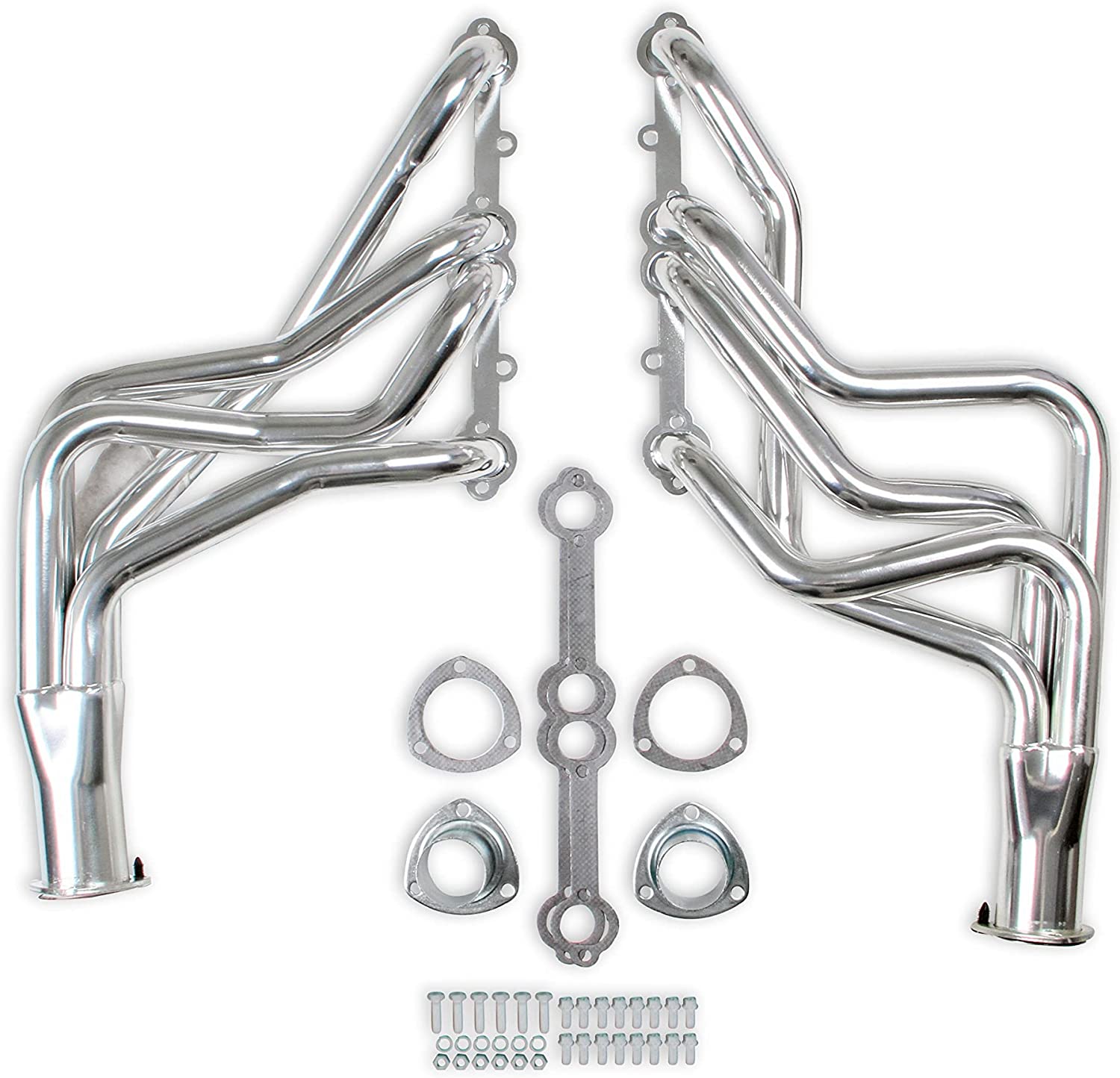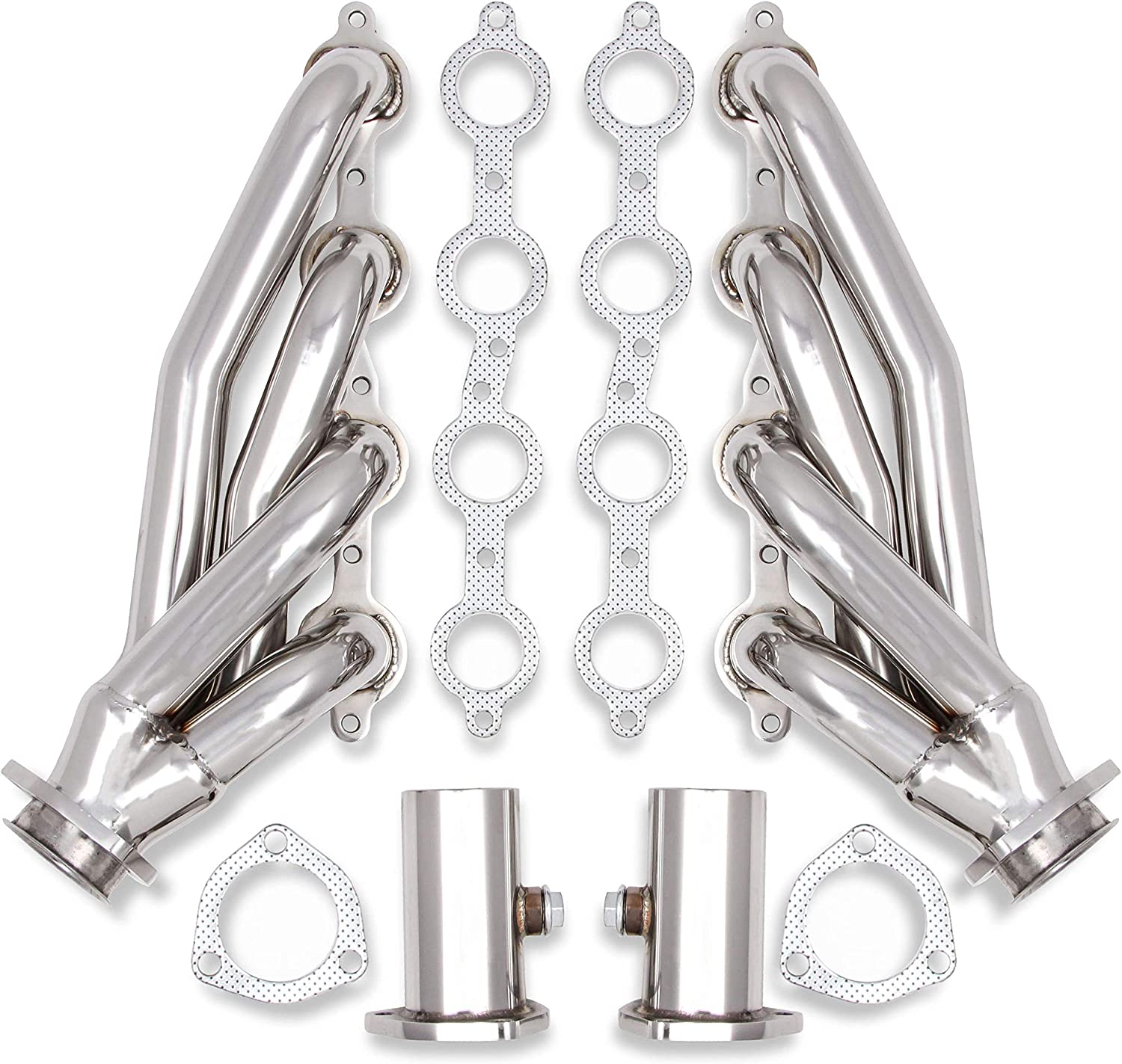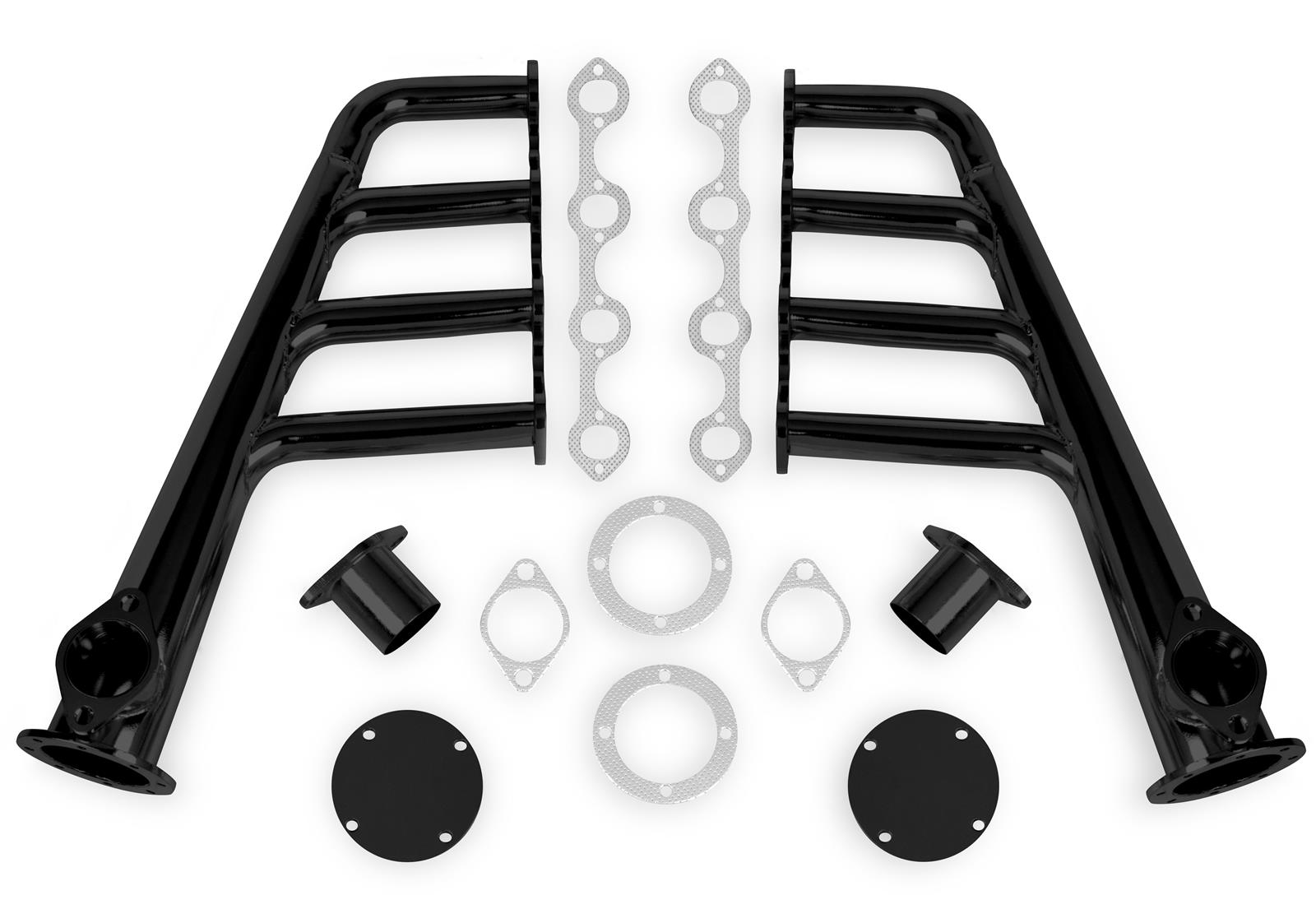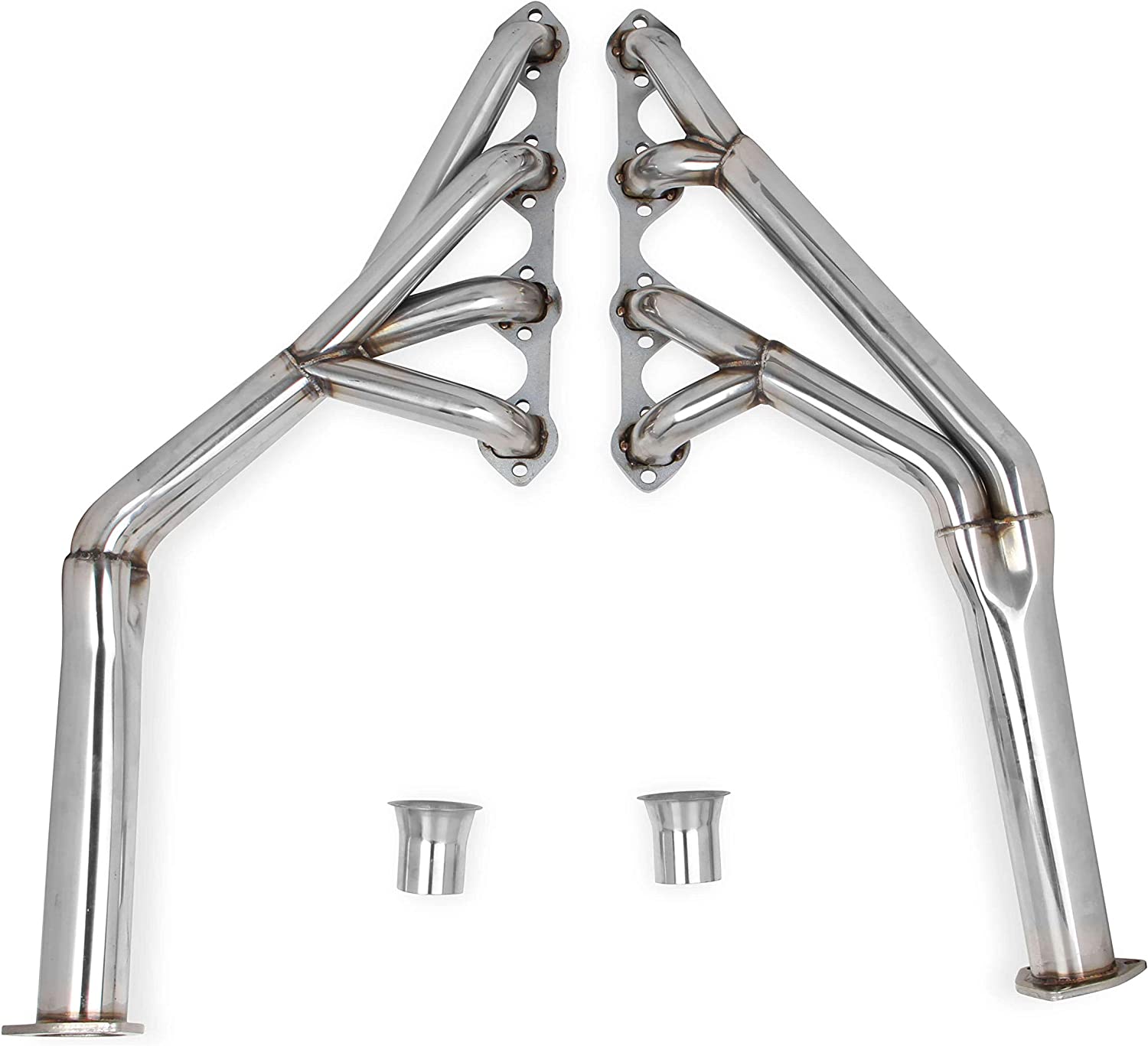Exhaust headers increase horsepower by reducing exhaust restrictions and supporting scavenging. Most headers are an aftermarket upgrade, but some high-performance vehicles come with headers.
*Reducing Exhaust Restrictions
Exhaust headers increase horsepower because they’re a larger diameter of piping. Larger pipes transmit gasses from the engine through the exhaust piping under and out the car more quickly. Getting gasses out fast decreases pressure build up throughout the exhaust system and allows the car to function well. Enhancing the size of exhaust piping plays a significant role for your entire vehicle.
*Supporting Scavenging
Scavenging is replacing spent gasses in the engine cylinder with fresh
air and fuel. The pistons rotate to create power similar to an air pump. This process causes multiple explosions of air and fuel to be sprayed as a fine mist. Exhaust headers expedite the process that a vehicle expels spent gasses, increasing horsepower.
Types of Exhaust Headers:
*Full-length or Long-tube headers: suitable for low-end and mid-range torque, these headers have four tubes to merge into one collector. The most recognizable header setup, usually consisting of long primaries tubes converging into a 4-into-1 style collector. The long primary tubes reduce the chance that you will have back-feed of gases into a different tube. These headers help to produce the most overall power with a broad spread through the low- to mid-rpm ranges.

*Shorty headers: these headers are less noisy than long tube headers. They’re suitable for upper RPM range and merge into one single exhaust at a shorter distance. Usually work best in limited space engine bays, as well as lowered cars. These will scavenge gas from each of your cylinders equally, meaning your power is consistent and your torque curve broader in the low to mid-range spectrum.

*Lakester headers: consisting of short primary tubes, these headers are popular in old hot rod cars.

*Tri-Y headers: get their name from the design of the primary tubes. One header will have four primary tubes which Y into two secondary tubes and finally Y again into one collector creating three Y connections, thus the name Tri-Y. This header design will typically add low to mid RPM torque without sacrificing top end horsepower. Another reason for their popularity is that some tight clearance applications a Tri-Y can be constructed to fit when there is no room for traditional 4 into 1 long tube headers.

Material: Mild Steel VS Stainless Steel Headers
Aftermarket exhaust headers are usually made from either mild steel or stainless steel. The major differences between the two is cost and corrosion. The basic mild steel headers will be quite a bit less in cost, however they will sacrifice durability and longevity due to rust and corrosion with long term use. On the other hand, stainless steel headers will not rust or corrode but cost more up front.
Showing the dimensions commonly used for header measurement:

Exhaust Header Benefits:
*Increased horsepower.
*Better rate of exhaust flow.
*Improvement in your car’s sound.
*Elimination of back pressure within your exhaust system.
Exhaust Headers FAQ:
Q:What do exhaust headers do?
A:The goal of headers is to make it easier for the engine to push exhaust gases out of the cylinders.
Q:How much does it cost to replace an exhaust manifold?
A:Repair Pal estimates it costs between $900 and $1,020 to replace an exhaust manifold.
Q:What does an exhaust manifold do?
A:Once the exhaust gases exit the cylinder they end up in the exhaust manifold. From the manifold, the exhaust gases flow into one pipe toward the catalytic converter and the muffler.
Q:Do exhaust headers increase horsepower?
A:Yes, headers are one of the easiest bolt-on accessories you can use to improve an engine’s performance.
Q:How does an exhaust manifold impact performance?
A:The manifold can be an important source of back pressure because exhaust gases from one cylinder build up pressure in the manifold that affects the next cylinder that uses the manifold. Engines lose power through back pressure.
Post time: Nov-24-2022